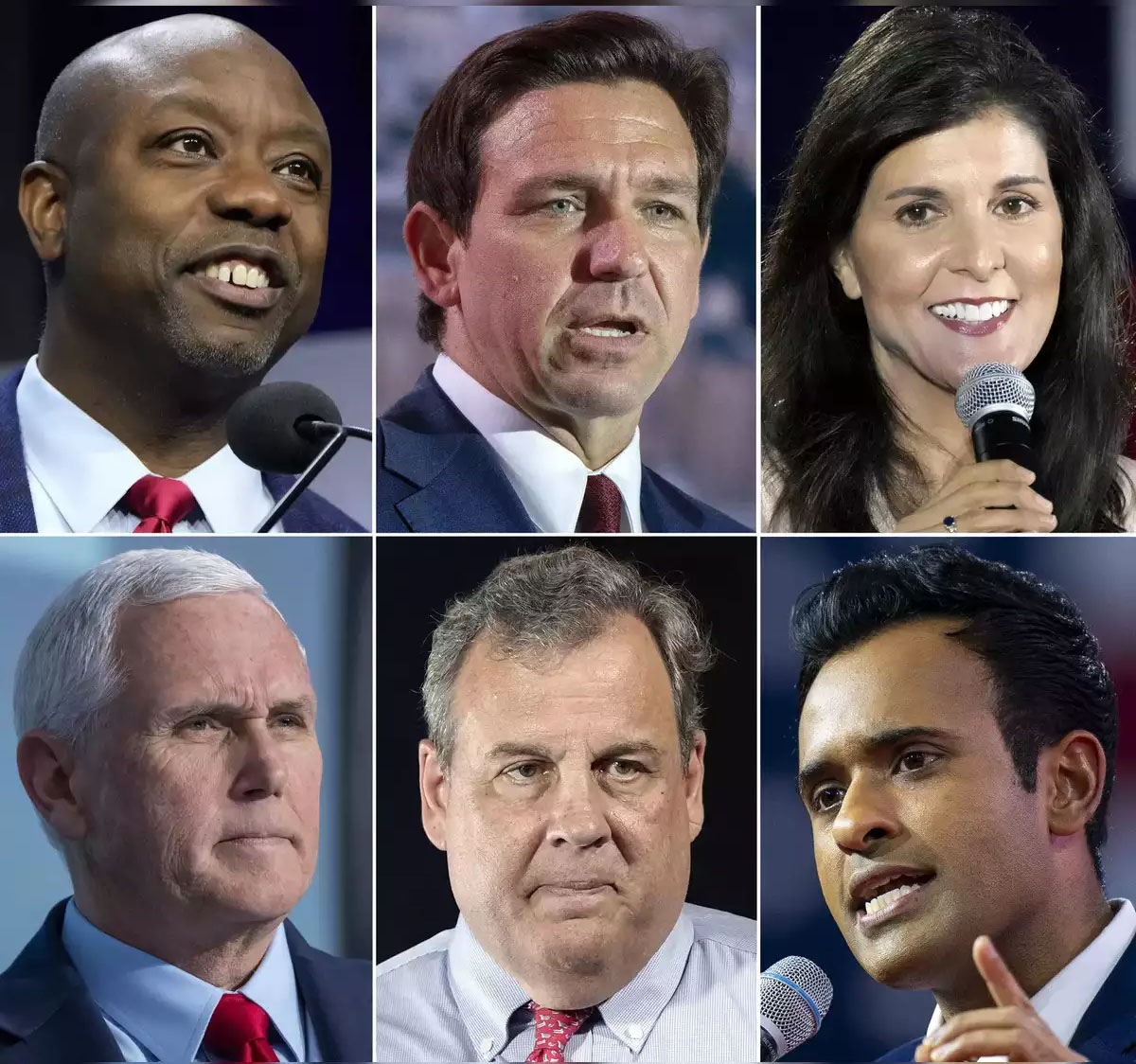
Photo Credit:Reuters
As the 2024 presidential election draws closer, candidates from both major parties are intensifying their campaigns, with a strategic focus on key battleground states. These states, which historically swing between Democratic and Republican control, are pivotal in determining the outcome of the election due to their significant number of electoral votes. This year, the campaigns are particularly concentrated in states such as Pennsylvania, Michigan, Wisconsin, Arizona, and Georgia. These states were crucial in the 2020 election, and their political landscapes have only become more competitive since then.
In Pennsylvania, a state known for its diverse electorate, candidates are appealing to a wide range of voters. Urban areas like Philadelphia, with its strong Democratic base, contrast sharply with the more conservative rural regions. Both parties are focusing on issues that resonate locally, such as job creation in the wake of economic disruptions and health care accessibility. Democrats are highlighting their achievements in infrastructure and economic recovery efforts, while Republicans are emphasizing concerns over inflation and law enforcement.
Michigan presents a similar battleground scenario. The state's economy, heavily reliant on the auto industry, has been a focal point of both campaigns. Democrats are touting their support for green energy initiatives and the potential for job creation through these programs. On the other hand, Republicans are focusing on traditional manufacturing jobs and criticizing regulatory measures that they claim hinder business growth. The suburban areas around Detroit, which saw a shift toward the Democratic Party in recent elections, are particularly contested, with both parties investing heavily in outreach efforts.
Wisconsin, often described as the quintessential swing state, remains a hotbed of political activity. The state’s demographics, including a mix of urban, suburban, and rural voters, make it a microcosm of national political trends. Health care, education, and agricultural policies are at the forefront of campaign discussions here. Both parties are also paying close attention to voter turnout strategies, aware that Wisconsin's election results can hinge on a relatively small number of votes.
In the Sun Belt states of Arizona and Georgia, demographic changes are reshaping the political landscape. Arizona, with its growing Latino population, is seeing candidates address immigration reform and border security more intensively. Georgia, which flipped to the Democratic column in 2020 for the first time in decades, continues to be a battleground, with voting rights and economic inequality being major issues. Both states have seen significant investments in campaign infrastructure, reflecting their importance in the electoral map.
Candidates are employing a mix of traditional campaigning and modern digital strategies. Rallies and town halls remain central to engaging with voters directly, while social media and targeted online advertising play crucial roles in shaping public perception and mobilizing supporters. The importance of grassroots efforts, including voter registration drives and get-out-the-vote campaigns, cannot be overstated, particularly in an election that promises to be closely contested.
As the race progresses, the focus on these battleground states will likely intensify, with both parties adapting their messages to address the evolving concerns of their constituents. The outcome in these key states will not only determine the next president but also set the tone for the country's political direction in the years to come.

















